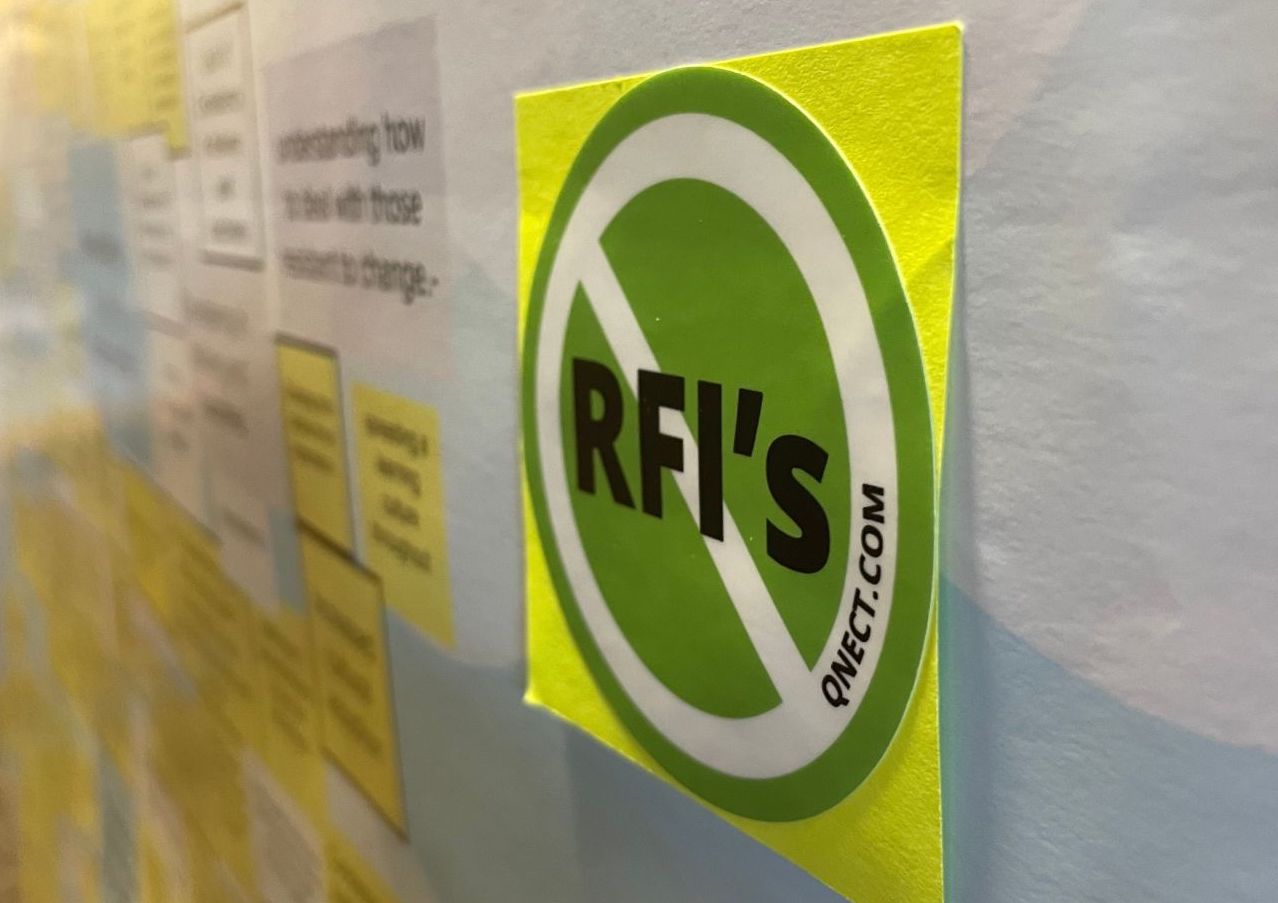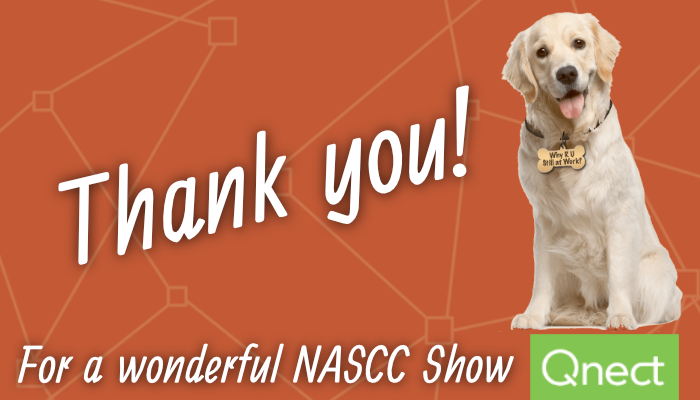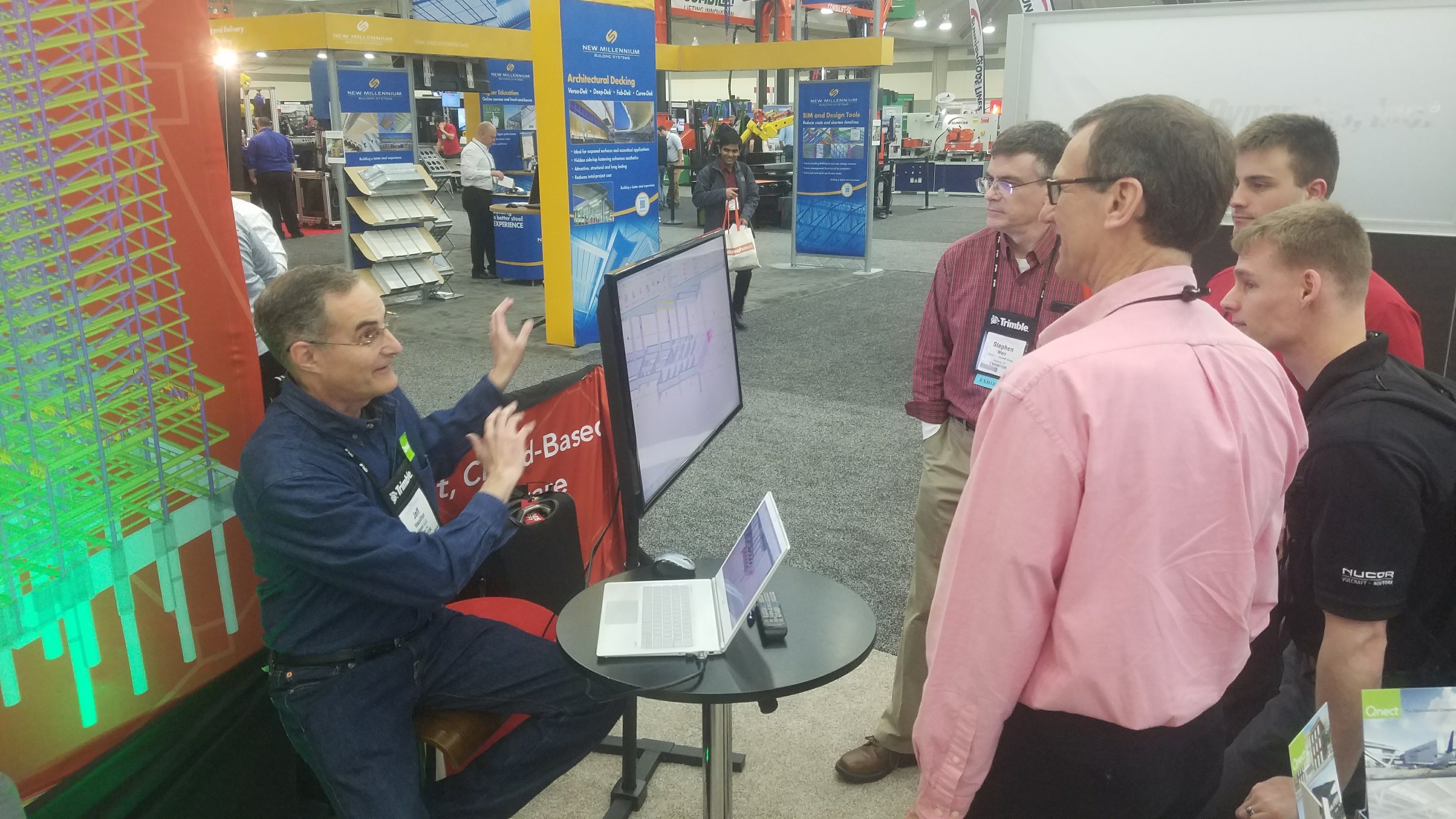Top Reasons Why the AEC Industry is Headed for Change | Qnect
By Michael Gustafson
As we enter into 2024, I wanted to reflect on what I’ve learned over my past year joining the Qnect team. I’m amazed at the growing interest in early connected models and other related trends like AI and sustainability and how that is shaping our company’s direction. As I see customers adopting Qnect to deliver more efficient and sustainable steel structures, steel connections remain at the heart of the process. As Allan Paull, Senior VP with AECOM Tishman said at NASCC 2022 “If I can connect the steel early, the rest of the project follows.” Working through how the steel connects is so critical to mitigating risk on the project, not just the steel but the other trades that depend upon the frame getting erected. I bet we can all agree, thinking through the connections is a key to efficient steel delivery. Working with a team that understands connection design but also detailing and constructability is crucial and is a testament to the success our customers are seeing. I wanted to share some of the advances we’ve made in 2023 and what is coming down the pike in 2024.
It’s the hearts and minds of people that make our software
Over the past year we added more connection types supported by Qnect to automate the engineering and detailing. This includes single angle bracing, end plate shear connections and other features (watch recent product webinar). It has been fun watching how our teams and industry experts work together to create and validate the software we provide.
You may not know that our development team has a mixture of structural engineering, steel detailing and computer science expertise. We also have industry experts like Tim Fraser, long time connection engineer and active member of AISC technical committees being an advisor. He does a great job interpreting those gray areas of the code, where we may need more options for the user to select from. This is where his decades of history designing connections but also staying abreast of the latest AISC code work is crucial.
Also advisors like Meyer Borgman and Johnson have validated our connection designs over the years before the software gets released. Jerod Hoffman, CEO of MBJ, elaborates: "We've been working with Qnect for many years now, validating their approach to connection design and supporting calculations. This includes their shear and axial connections, moment and vertical bracing. We believe their approach is efficient, reliable and time saving, freeing up the connection engineer's time to focus on the more complex connections."
Over the past year I had the pleasure to meet with users like Carol Drucker (dzse) and Jeff Smilow (WSP USA) to hear their feedback for how to make our software even better. Capturing their Minds of Steel, along with other leaders in the connection design community, have essentially built the DNA of what Qnect is today; and that is something we are proud of here at Qnect.
The big benefit I hear from our users when using our automation is they can spend more time on the complex engineering problems. 20% of the connections can represent 80% of the time for a connection engineer. And that is important work that they should have ample time to spend on without distractions like managing RFIs and reviewing shop drawings. That is why we continue to invest in detecting and resolving RFIs early before the frame design is connected. We announced at Autodesk University our upcoming Qnect for Revit beta which will equip engineers to do just that: solve the reasons why steel can’t be connected before they would typically be found by the fabricator. We also continue to partner with EORs to deliver automated early connected models to remove much of the uncertainties around connecting up steel.
Roots connecting to steel
So you might ask why is a structural engineer like me so passionate about connection design, especially when structural engineers typically delegate this work out? Well you can say I drank the Kool Aid early in my early career at Ellerbe Becket. There I worked for a motley crew of engineers who had a different vision for the role of the structural engineer. They hired engineers who worked at Bethlehem Steel where you were taught to think about constructability and connection design on your EOR projects. We also learned about the value of including steel fabricators as early advisors to the design. I remember meeting with Larry Kloiber from LeJuene Steel where he advised how to use 8 bolt end plate moment connections in lieu of CJP welds. We had a massive lateral system on the Gonda Mayo Clinic project where wind codes were high. We used large beam-column rigid moment frames as part of the lateral system. Larry’s input saved millions on the project going with the end plate option.
Another important lesson learned was seeing how the connection design impacted the framing members. For the project above, it was a balance of upsizing beams and columns to eliminate costly CJP welds. On the Devos Place convention center, I designed all the box truss connections partly to understand the truss member capacities when factoring in all of the bolts. We were using the largest 65 ksi steel shapes at the time (W14X665) and needed to make sure they worked. I even used “lead in” bolts as a strategy to make the members work by removing axial force out of the truss members before they experience the full net section capacity having 8 1-⅛” A490X bolts (see image below).
I learned so much from the group at the Big E: the steel gurus like Jon Iverson, Scott Saunders, and Steve Hofmeister. These folks trained up many others across the US doing long-span steel work and were the ones who shaped my philosophy that structural engineers should think about how steel connects.
Figure: ‘lead-in’ bolts in gusset connections (“Steel Expansion”, MSC January 2004).
Where do we go next?
As we execute on our vision at Qnect to automate connected models to make steel more sustainable, connections will remain at the center. We continue to develop more connection types that can be designed, optimized and modeled with as much automation as possible. In fact, gravity column splices are on the horizon, along with a first version of WF vertical bracing being on deck. However, how the frame and connections impact each other from a design, cost and carbon perspective will be an important focus for us moving forward. We currently have a grant with the US Army to explore this interaction within the BIM environment. I’m very excited about this direction as it will help engineers be more impactful with their structural designs, reducing waste through both process and material efficiencies.
It’s been a whirlwind of a year and I look forward to an even more exciting 2024. We have lots of work to do and I truly appreciate the commitment from our customers to make us the best-in-class in steel automation and executing on the vision we are painting together.

By Michael Gustafson

Steel just got smarter and attendees at NASCC 2019 witnessed it first hand at the Qnect booth and in the sessions. Once again we can say, “Qnect had...

It’s good to have great weeks. Qnect had a successful week at this year's NASCC: The Steel Conference! Seeing our customers, partners and other...